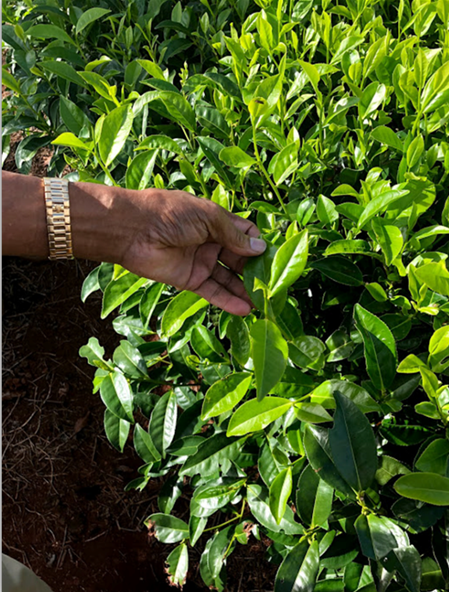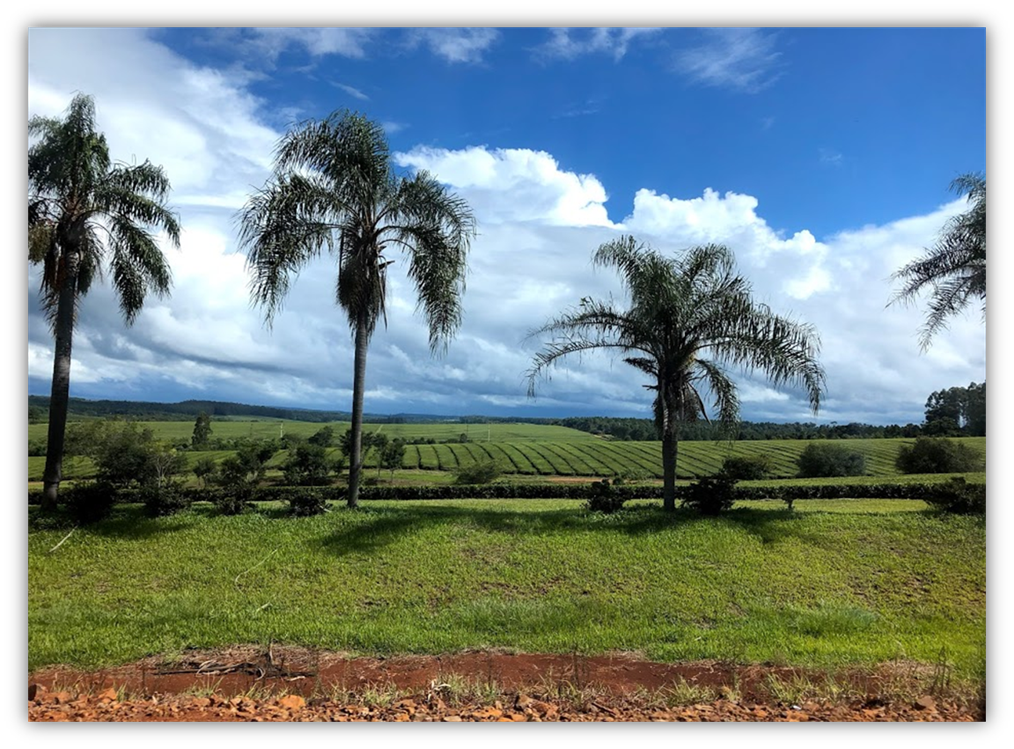

1. Withering
2. Rolling or Cutting
3. Oxidation
4. Firing or Drying
Harvested tea is delivered
to the manufacturing plant

Withering

Rolling/Cutting
The tea begins to develop the recognizable aroma and flavor of black tea, darkening in color and developing compounds called theaflavins and thearubigins,
belonging to a group called
polyphenols


Drying


The Tea Bush, Flower and Seeds
1 Eucalyptus tree harvested
every 10 years yield 3 crops, lifespan of 30 years

Oxidation
Pallets dust from Wood
chips made for the furnace
Pallets are made from managed forest sawdust pressed into pallets
Protect greenhouse emissions
Importance of getting trees
planted - 14,000 trees saved annually for fuel and boilers
4 Stages of Tea Manufacture

The rolling starts the oxidation process by breaking the leaf's cell and releasing the natural juices and chemicals. The rolling machine presses and twists the leaves, rupturing the inner cells
Is the final step to stop the oxidation process and dry the leaf. The leaf is placed in large automatic dryers with a conveyor belt inside which carries it along, drying it as it moves reducing the moisture content of the leaf to 23%. Blowing the particles of tea on a stream of hot air is the most efficient, ensuring that all pieces of the leaf are evenly dried.

Tea Manufacturing Process







The Withering Process is meant to soften the
leaves and reduce the moisture content inside
which starts out about 80% after harvest
Leaves are spread out in a thin layer in warm air for
about 18 hours or until the moisture content is
reduced 55%-70%. The leaf i now soft and pliable
and ready for the next stage: Cutting or Rolling
Pushing the tea along during withering process





